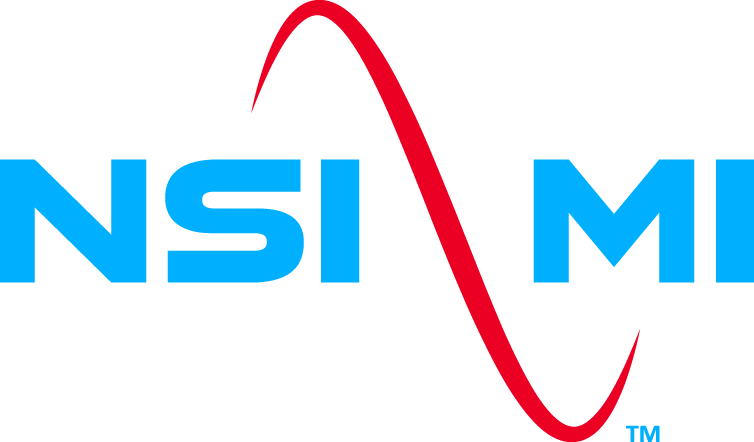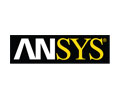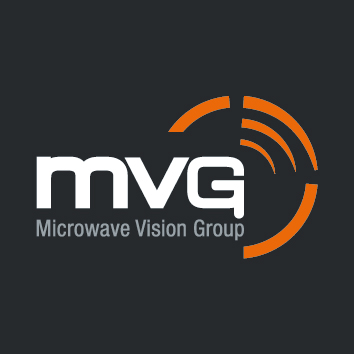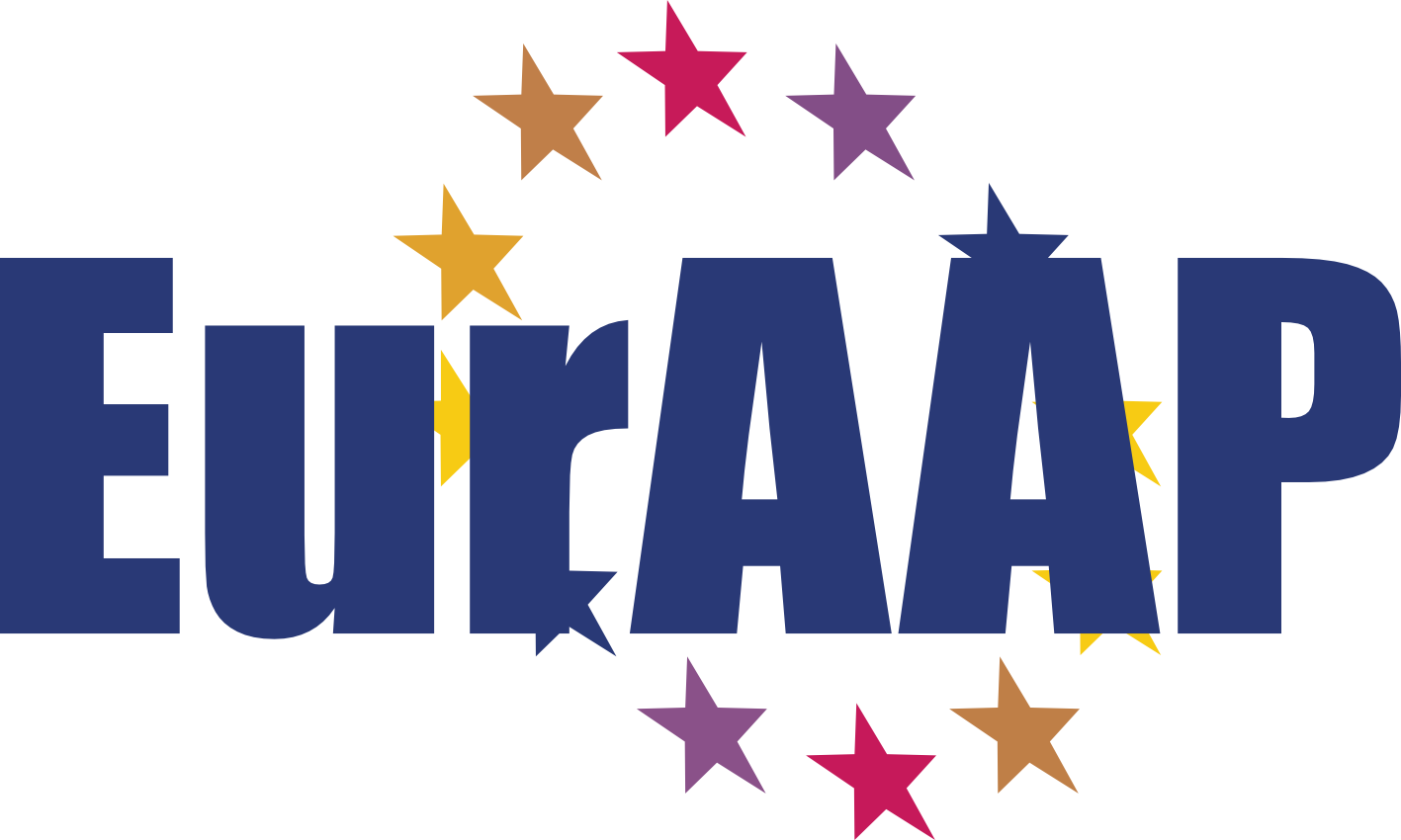Characteristic Modes are Useful, Really!
 Buon Kiong Lau
Buon Kiong Lau
Lund University, Sweden
Buon Kiong Lau is a professor at the Department of Electrical and Information Technology, Lund University, Sweden. His primary research interests are in various aspects of multiple antenna systems, particularly the interplay between antennas, propagation channels, and signal processing. Dr. Lau was an Associate Editor (AE), a Senior AE and a Track Editor for the IEEE Transactions on Antennas and Propagation (TAP) between 2010 and 2016.
He was also a Guest Editor of the 2012 TAP Special Issue on MIMO Technology and the Lead Guest Editor of the 2016 TAP Special Issue on Theory and Application of Characteristic Modes. He was the Lead Guest Editor of the 2013 Special Cluster on Terminal Antenna Systems for 4G and Beyond for the IEEE Antennas and Wireless Propagation Letters.
He is a Distinguished Lecturer of IEEE AP-S. Dr. Lau initiated and leads an international Special Interest Group (SIG) on TCM in 2014 (characteristicmodes.org), which aims to promote research activities and applications of TCM in solving different problems in electromagnetics. He has over 25 publications in the topic of TCM, including 2 patent applications (1 granted) and 8 IEEE journal papers.
Abstract
The Theory of Characteristic Modes (TCM) is receiving a lot of attention in recent years, resulting in many publications and implementations in major commercial electromagnetic solvers. EuCAP has been a popular forum for TCM activities, with the topic regularly featured in papers, convened sessions and short courses. However, despite its popularity, it is not obvious how a beginner can start to make use of the tool, without someone to guide him/her along. Moreover, there are common myths and pitfalls to overcome. This course is meant to help more people discover for themselves the promises of TCM in solving electromagnetic problems. It defers from the one in EuCAP 2016 in terms of a more hands-on approach as well as addition of a significant amount of new content.
Course Outline
The course will be given in a lecture format. However, due to the tutorial nature of the content, step-by-step instructions will be given in one part of the course to demonstrate the correct approach to perform TCM analysis and to interpret the results. Therefore, significant interaction with the participants is expected, to ensure that they keep up with the presented materials.
The proposed content is outlined below:
1. Background and Motivation
2. Theoretical Foundation of TCM
3. From Theory to Practice:
a. Analysis of simple structures
b. Design of MIMO terminal antennas
4. Addressing Myths and Avoiding Pitfalls
a. Excitation of characteristic modes
b. Modal tracking
c. Non-physical modes
Participants who do not have access to existing commercial solvers with TCM capability will be able to make use of the matlab code provided by my group (http://www.characteristicmodes.org/software/) for trying out some of the analysis and design approaches that will be presented in the course.








